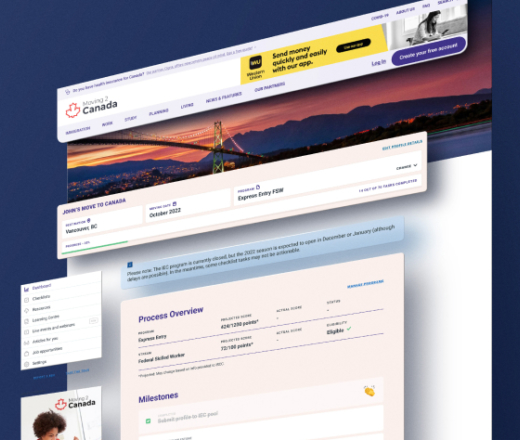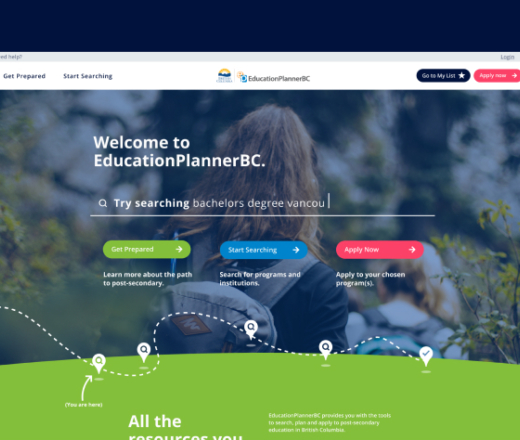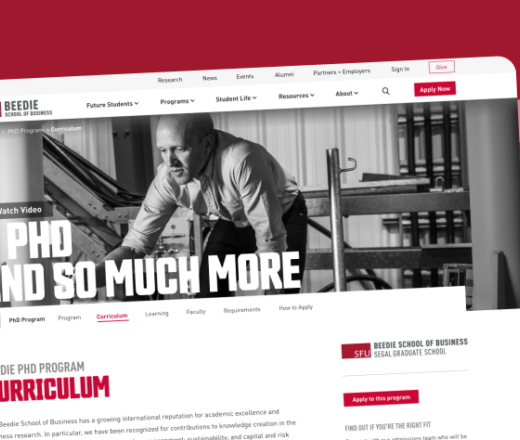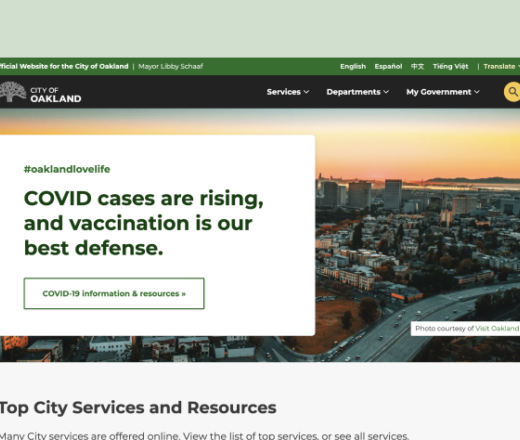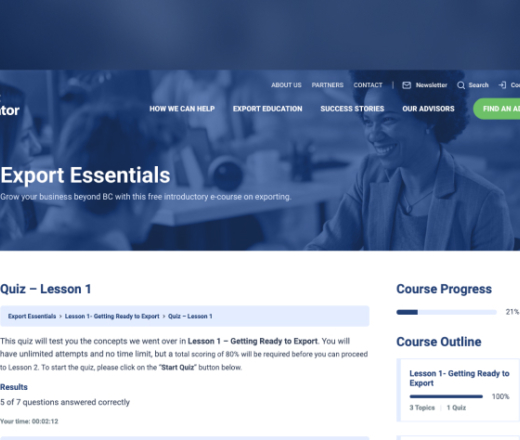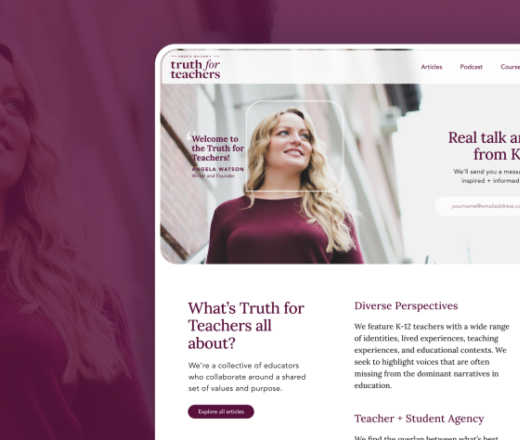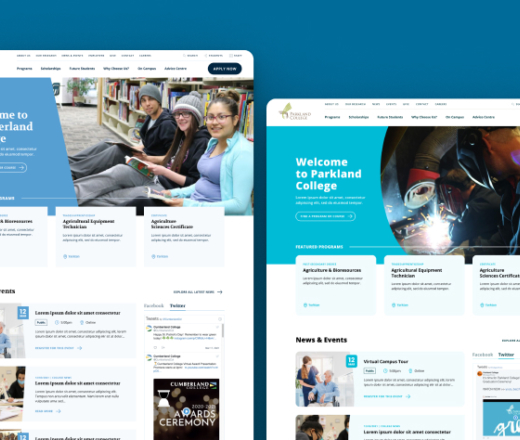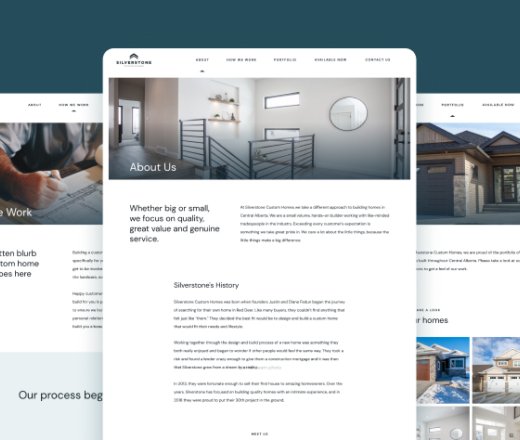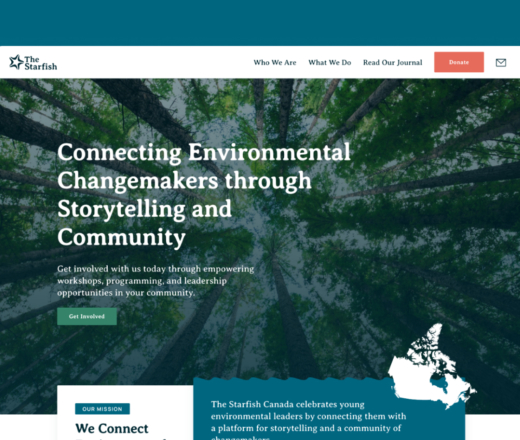The global economy was undergoing rapid digitization before COVID-19 hit. Interactions that once required physical contact, such as buying groceries or banking, are now being mediated by web-based alternatives. The pandemic expedited these digital transformations and added increased complexities as businesses and people lost time to sufficiently prepare. While many organizations were able to successfully shift their products and services online, not all were a perfect match for the in-person counterpart.
Business requires human connection
Connection is at the heart of business. It’s easy to forget its importance in today’s fast-paced, automated, and digitally-driven world, but humans need each other to survive. Consider the number of competitors your product or service has. How connected customers feel to your company and your brand is often the difference between their loyalty and leaving for the competition.
The pandemic has impacted our ability to connect with customers, but it’s critical we don’t see it as a roadblock. Instead, we need to adapt and view it as an opportunity to build trust with our audience by really listening. How? By conducting research that provides meaningful insights.
Give your customers a voice
When Goat went remote, we noticed a heavy reliance on software programs to extract customer insights. Yes, Google Analytics provides lots of valuable, actionable data. HotJar heatmaps are awesome. User surveys, if done correctly, are a hugely cost-effective tool. However, when we analyze the results, these platforms often only tell half of the story. They provide us with the 'what,' but like any one-way data retrieval channel, it's not always easy to drill down into the 'why.' That's where real conversations are required.
There are ways to reap the rewards of a hybrid quantitative and qualitative strategy, even in a world turned digital. Here are three actionable steps to learn from your target audience in a virtual, pandemic world.
Step 1: Listen to your customer's motivations, wants, and needs
We're in a pretty unusual moment in time. Some call it uncharted territory, while others are embracing the unknown. Many local businesses are going all-in, rapidly pivoting their services and processes to adapt to the 'new world,' leaving complacent corporations falling behind if they fail to adapt. Those who succeed are listening to what their customers want and pulling out the stops to provide authenticity and care.
Consumers are spending more cautiously, meaning what you once knew about their habits is likely to be very different today. Do you know what matters most to them? Can your product or service support their new way of life, solving a problem they hadn't faced before the pandemic? Listen to your customers' motivations and utilize your learnings to identify new opportunities. Accept that your previous assumptions could now be outdated, no matter how recent the insights. Put the priorities of your stakeholders aside and see your audience with fresh eyes.
Action: Conduct a survey to identify your customers' perception of the current climate. How has their spending habits changed? What matters most to them when choosing where to spend their money? Using a Likert scale gives participants an easy way to communicate how much they agree or disagree with a statement, such as how likely or unlikely they are to continue paying for a particular product or service.
Goat Tip: People are more likely to participate if they have an incentive. To encourage engagement with your survey, provide a gift card to a local store or company. You could offer one for each submission, or put names into a draw for a larger sum.
Step 2: Gain a deeper understanding of ‘why’ by making it a two-way conversation
Prior to COVID-19, Goat utilized a hybrid approach for user research, combining in-person interviews and workshops with remote video calls and phone interviews. With physical restrictions still in place, we, like many other organizations, now rely entirely on video, audio, and survey tools to communicate with our customers.
Traditional surveys are a fast and easy way to better understand clients' needs. Coupling surveys with a follow-up call can increase their usefulness tenfold. The detailed exchange often surfaces information that fills (known or unknown) gaps in your user's journey. As new problems, pain points, and grievances are introduced, these insights pave the way for real, meaningful solutions, and happier customers.
Action: Include a prompt in your survey that asks respondents if they are willing to speak with you over a short video call. 30-minutes is usually sufficient if you have prepared questions in advance. When writing interview questions, keep them open-ended, and avoid asking ones that lead to a ‘yes or no’ answer. An open-ended question often starts with ‘Why?’ or ‘What if?’ and can lead to further sub-questions that permit you to ask ‘How?’. If you find yourself asking questions just for the sake of it, refer back to the objective of your discussion.
Goat Tip: Let's say you asked customers about the importance of reinforcing safety measures in-store. If survey responses indicate that many people prefer to shop online, the interview could focus on learning about what they want out of an online experience. This discussion not only surfaces important intel about customers' expectations, but it shows them you care and are there to listen.
Bonus Goat Tip: Ask your customers for permission to record the session so you can rewatch or transcribe the audio for future reference. The ability to revisit calls will come in handy when consolidating all of your findings later on!
Step 3: Demonstrate empathy with your customers by evolving with their needs
Sometimes the results from surveys or interviews are not what we want (or expect) to hear. Yes, your research may uncover some ugly truths about your offerings, the priority shift of your consumers, or that the old 'we've always done it that way' approach isn't going to cut it. Try to remember that surveys and interviews are not about recognition or confirmation. Instead, view these tools as a way to generate new ideas, identify new opportunities, and discover how to connect and empathize with your customers. Use the research to dig a little deeper and find the real problem that needs solving.
Once you feel you have gathered a sufficient amount of data, it's time to translate those findings into insights. In its simplest form, data synthesis is the process of finding patterns in the numbers, grouping points into common themes, and translating those themes into actionable items. Data synthesis is one of the most challenging tasks—even for seasoned UX researchers—but the most rewarding.
Action: Translating large amounts of data into a consolidated set of action items can feel overwhelming at first. To mitigate this, we recommend breaking the process down into bite-sized steps.
Begin by conducting a card sorting workshop. To organize your findings, take note of frequently mentioned pain points, strengths, and opportunities, grouping them into overarching commonalities along the way. Before the pandemic, we would recommend using coloured post-it notes, but programs like Miro work just as well. The goal is to identify common themes and make apparent which findings are in high-agreement and ones that are lower, making it easier to prioritize results by importance. Common themes are then summarized into a number of overarching insights.
The next step is to get all of your key stakeholders together for an ideation session. This exercise entails brainstorming potential solutions to each of the pain points, strengths, and suggestions previously identified. Remember, the goal here is empathy and understanding. To make customers feel heard, shift your focus from promoting to helping.
Above all, customers are people
In our increasingly-automated and digitally-driven world, we would be careless to neglect the importance of human connection. Customers are people. And like other personal and professional relationships, they require nurturing. So, instead of viewing the pandemic as a barrier, see it as an opportunity to keep the two-way conversation going between you and your customers—in turn, keeping human connection alive, global pandemic, or not.
